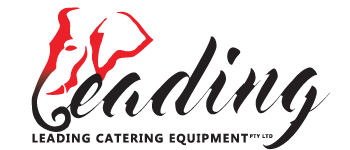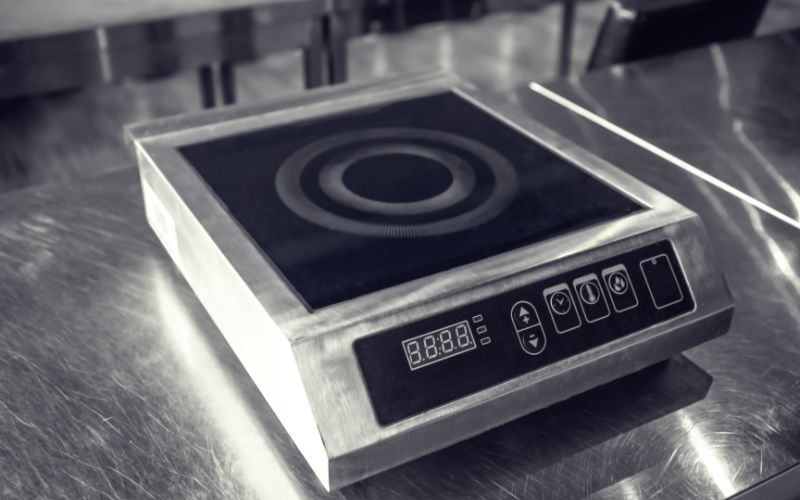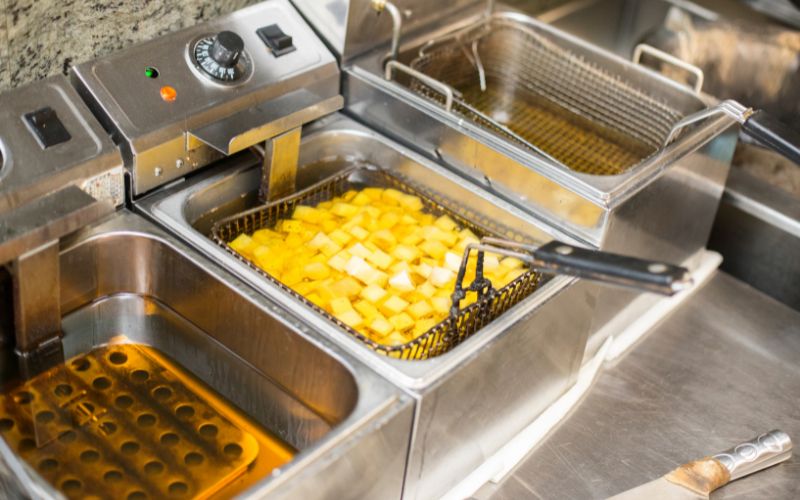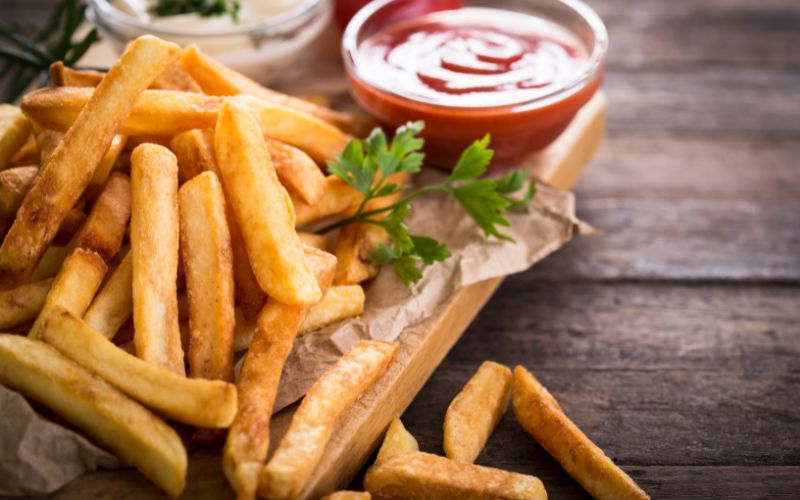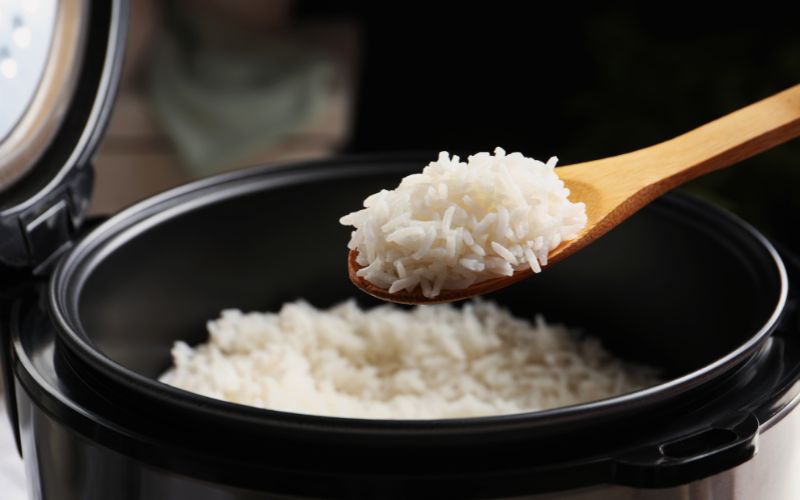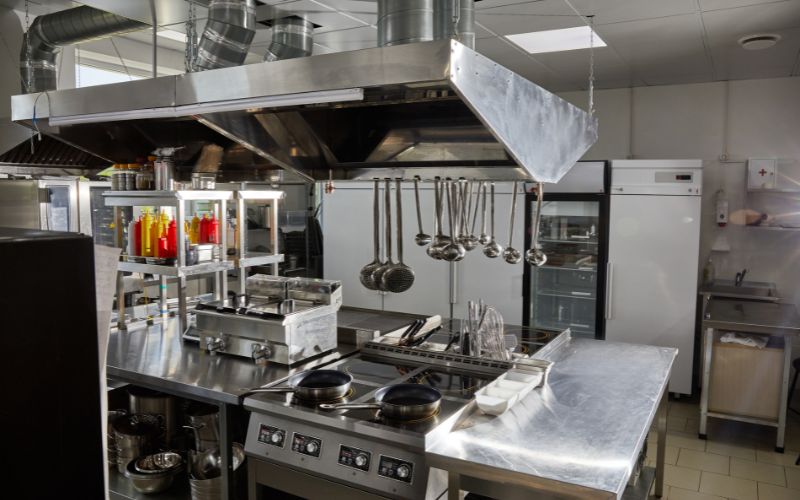Maintaining Food Safety with a Bain Marie: Best Practices
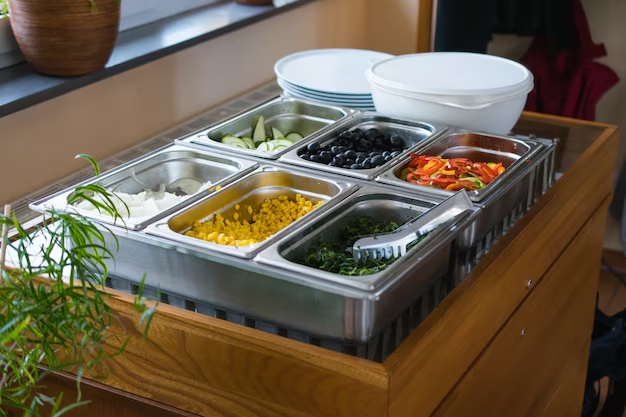

When it comes to food preparation, safety is paramount.
Whether you're a home chef whipping up delightful family meals or a professional cook orchestrating culinary masterpieces in a bustling kitchen, ensuring that the food you serve is not only delicious but also safe to eat is a fundamental responsibility.
This is where the bain marie tray becomes an indispensable tool.
Understanding the Bain Marie
Before we dive into the nitty-gritty of food safety practices, let's start by understanding what a Bain Marie is and why it's a kitchen essential.
A Bain Marie is essentially a water bath or a double boiler that helps maintain the temperature of food items. It consists of a container filled with hot water, where you place another container with your food.
This indirect heating method ensures that your food is heated gently and evenly, preventing overcooking or burning.
The Critical Role of Temperature Control
Now that we've introduced the Bain Marie tray let's talk about why temperature control is so critical regarding food safety.
Food falls into the danger zone when it's kept at temperatures between 40°F and 140°F. Harmful bacteria multiply rapidly in this range, leading to foodborne illnesses when consumed. It's paramount to avoid this danger zone.
Here's where the Bain Marie shines. It helps you maintain your food at a safe and consistent temperature, well out of danger. This is especially crucial for dishes that need to be kept warm for extended periods, such as soups, sauces, or custards.
Best Practices for Using a Bain Marie
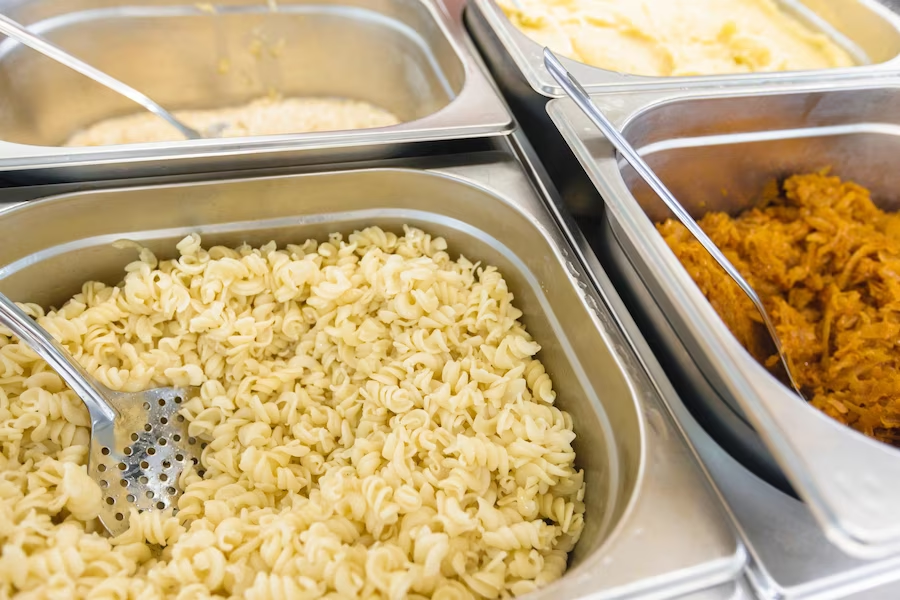

Now that we know the importance of a bain marie let's explore some best practices for using it effectively:
Proper Setup: Place a Bain Marie tray with hot water in a larger pan or container, ensuring sufficient water to provide even heating. Position your food containers in the Bain Marie tray.
Accurate Temperature Monitoring: Invest in a good food thermometer to maintain the right temperature. Regularly check and adjust the water level to prevent overheating.
Optimal Food Arrangement: Arrange food containers in the Bain Marie in a way that allows for efficient heat distribution. Avoid overcrowding, which can lead to uneven heating.
Ensuring Hygiene and Cleanliness
Now, let's talk about the cleanliness aspect of food safety. Maintaining a clean Bain Marie is crucial to prevent contamination and ensure food safety.
Regular Cleaning: Clean your Bain Marie thoroughly after each use. Remove leftover food debris, and wash all components with hot, soapy water.
Sanitizing: After cleaning, sanitize the Bain Marie using a food-safe sanitizer. This step helps eliminate any remaining bacteria.
Hygiene Practices: Always practice good personal hygiene while handling food and using the Bain Marie. Wash your hands frequently, wear gloves if necessary, and avoid cross-contamination.
Monitoring and Record Keeping
To ensure you're consistently maintaining safe temperatures, keeping records of food temperatures is essential. This not only helps with food safety but also with regulatory compliance in professional kitchens.
Temperature Logs: Keep temperature logs for the food items you're keeping warm in the Bain Marie. Record temperatures regularly to ensure they stay within the safe range.
Helpful Tools: Invest in digital temperature monitoring tools, which provide accurate and instant readings. This simplifies the process of tracking temperatures.
Adhering to Food Safety Regulations
In commercial kitchens, adhering to food safety regulations is not just good practice; it's a legal requirement. The proper use of a Bain Marie can help you meet these regulations.
Legal Requirements: Familiarize yourself with the food safety regulations specific to your region or industry. Compliance is mandatory, and violations can result in severe consequences.
Bain Marie's Role: Understand how using a Bain Marie can assist you in complying with these regulations, particularly concerning temperature control and food storage.
Troubleshooting Common Issues
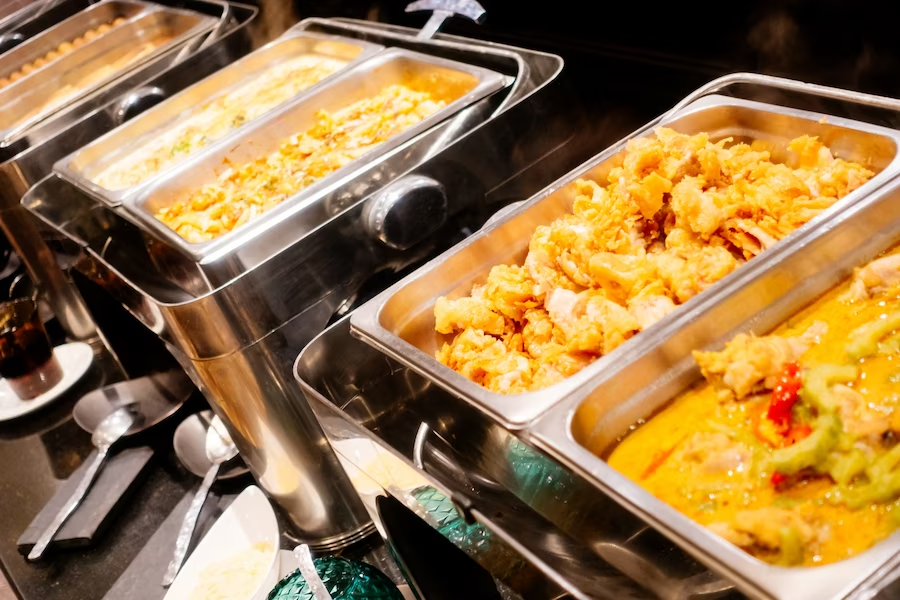

Even with the best practices in mind, you may encounter common issues when using a Bain Marie for food safety. Here are some solutions:
Uneven Heating: Ensure your food containers are of similar size and shape for even heating. Stir or rotate food occasionally if needed.
Temperature Fluctuations: Monitor the water level in the Bain Marie tray regularly. Adding hot water when necessary helps maintain a consistent temperature.
Conclusion
In conclusion, prioritizing food safety in your culinary endeavours is non-negotiable. A Bain Marie is a powerful tool that can help you maintain safe food temperatures and adhere to regulations. By following the best practices outlined in this article, you're ensuring delicious meals and the well-being of those you serve.
Remember, leading catering equipment experts like Leading Catering Equipment are always available to provide guidance and equipment to help you maintain the highest food safety standards.
Feel free to call or message them if you're looking for top-notch services and equipment for your kitchen. Here's to safe and delicious cooking!
